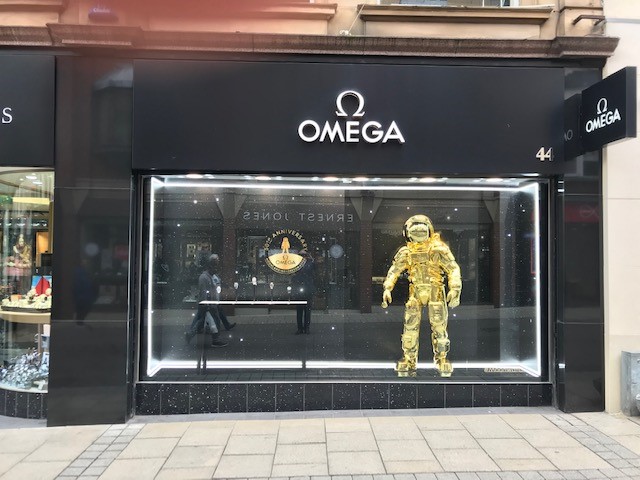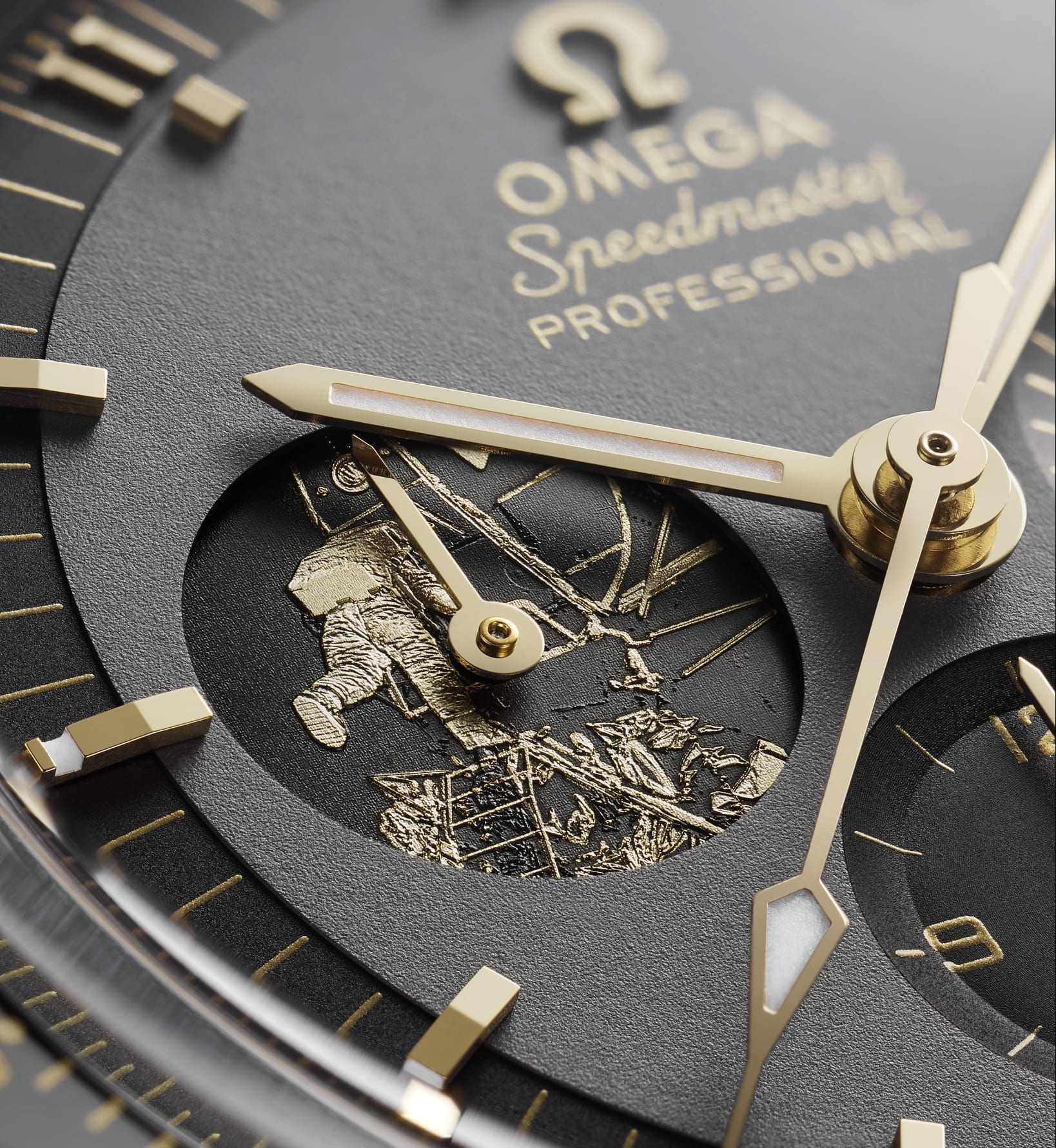Having worked almost all my life in media, it is fascinating to look back at how things were done decades ago compared to today.
Back in July 1969, the world was holding its breath and praying for the safe landing and return of the Apollo 11 astronauts.
Omega, which supplied watches for the mission and many NASA flights before it, was basking in the knowledge that customers on earth would be delighted to buy the Speedmaster watch that had traveled to the moon and back.
Despite America being capable of landing a man on the moon, the sophistication of the media 50 years ago was less advanced. The biggest advertising segment was newspapers, which in the United States was worth $5.7 billion in 1969. Magazines took $1.34 billion, radio $1.26 billion and television $3.85 billion.
So print was worth around double television and radio and one third of the total spend in America that year of $19.4 billion. There was not, it goes without saying, any internet advertising.
Fast-forward to today and the media landscape has been transformed by the digital revolution. According to Dentsu Aegis Network’s latest ad spend report, print advertising accounts for 14% of the global spend while digital is over 38%. Television was still accounting for over one third of global advertising.

The content of advertising from Omega has, inevitably, changed. Interestingly, the message back in 1969 was how affordable and workaday its watches were.
In this advert, unearthed by Businessinsider.com, Omega makes the point that NASA astronauts (and their Russian rivals) were wearing watches that could be bought from any dealer for just $235. The average annual salary in America in 1969 was just under $6000, so the watch cost around two weeks’ wages.
“In 1965 NASA picked up a Speedmaster, as simply as you do in your local jewellery shop. And they made it the standard flight equipment for every astronaut because, unlike any other chronograph tested, whatever NASA did to the Speedmaster, it stood up,” Omega proclaimed.

The message and the watches have moved on and Omega this year has released three new Speedmasters to mark 50 years since the lunar landing. The most expensive, a platinum version housing a revived Calibre 321, costs £45,000 ($55,000) while a more accessible, but already sold-out steel model is £7370 ($9650). The average salary in America today is around $45,000, the equivalent of $865 per week, so the most affordable current Speedmaster costs 11 weeks’ wages.
Omega’s advertising has been vastly weighted towards digital, with social media playing a massive role and backed by stars including astronaut Buzz Aldrin, spacecraft communicator Charlie Duke and actor George Clooney.
Retailers have also played their part, with authorised dealers such as Berry’s turning their stores into billboards for Omega.


